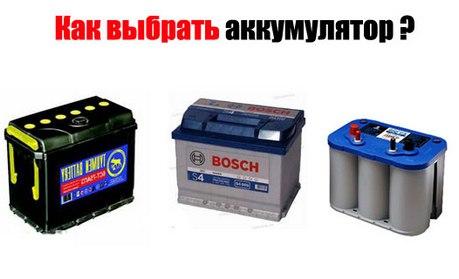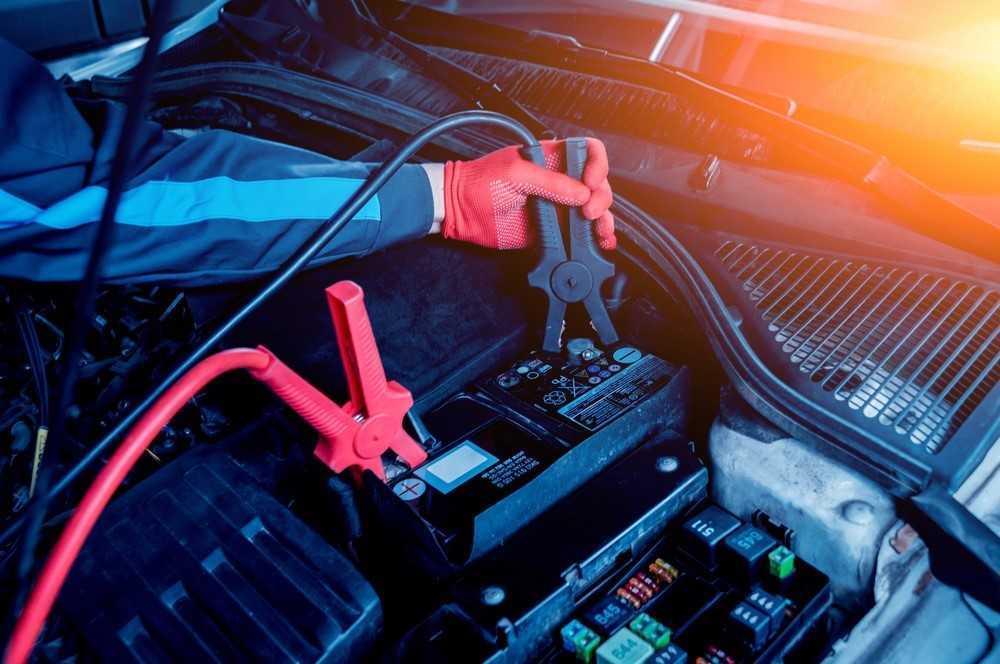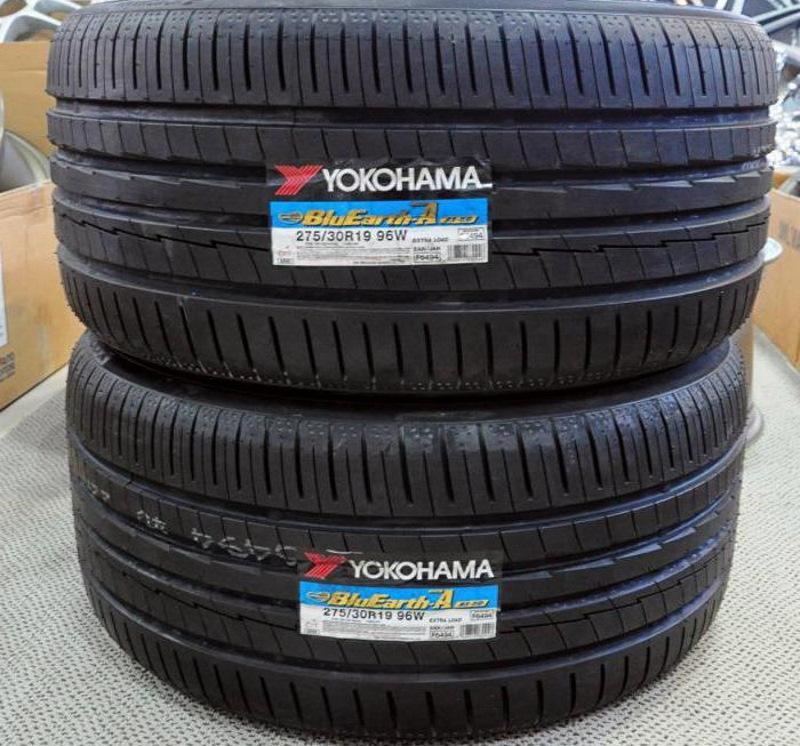
Types of car batteries - which battery to choose?
 Modern cars say goodbye to the solutions that have been used in recent years. There are also new and more efficient batteries, so the choice of them is not limited to the parameters specified by the manufacturer. Therefore, it is worth familiarizing yourself with the available battery models in order to choose the most suitable one for your car. Learn about the different types of batteries and see what they do.
Modern cars say goodbye to the solutions that have been used in recent years. There are also new and more efficient batteries, so the choice of them is not limited to the parameters specified by the manufacturer. Therefore, it is worth familiarizing yourself with the available battery models in order to choose the most suitable one for your car. Learn about the different types of batteries and see what they do.
With the development of automotive technology, the demand for more efficient batteries is growing, so today we have the opportunity to choose from several models. Maintenance-free batteries have become the new standard since they do not require topping up the electrolyte by adding distilled water. At the same time, a low level of water evaporation was achieved due to plates made of an alloy of lead with calcium or lead with calcium and silver. The body is also designed in such a way that most of the water returns to the liquid state. Another factor influencing the choice of long-life batteries is the more than 70 percent increase in the production of cars with Start-Stop, which means the engine automatically stops when the car is on the road. Read about the differences between individual batteries.
See also: Battery replacement Start-Stop
Lead Acid Batteries (SLA)
The lead-acid battery design was developed in 1859, and interestingly, this model is still widely used due to its low price. The name comes from the design. A single lead-acid battery cell consists of a set of battery plates including:
anodes from metallic lead, cathodes from PbO2, electrolyte, which is about 37% aqueous solution of sulfuric acid with various additives.
The most commonly used maintenance-free SLA batteries consist of 6 cells and have a nominal voltage of 12V. In the automotive industry, they are widely used in almost all types of vehicles, from cars to motorcycles.
Advantages of the SLA battery: resistance to deep discharge and the ability to fully restore the original parameters by recharging an "empty" battery.
Disadvantages of the SLA battery: the risk of sulfation when partially or completely discharged and the need to top up the electrolyte.
See also: Why does a car battery drain?
Gel batteries (GEL) and absorbent glass mat (AGM)
AGM and GEL batteries are generally very similar in terms of: mechanical strength, durability,
seasonal use, effective recovery after discharge.
AGM batteries are made from a liquid electrolyte contained in a glass mat separator. However, in the case of gel batteries, gel electrolytes are still aqueous solutions of sulfuric acid, however, a gelling agent is added to them.
The AGM type is the optimal solution for the rapid but shallow current draw associated with engine starting, which is required in vehicles such as: ambulances, police cars, buses. The GEL type, on the other hand, is a good solution for slow but much deeper discharges such as start-stop cars and SUVs.
Advantages of AGM and GEL batteries: tightness, maintenance-free (do not require constant maintenance or electrolyte topping up), resistance to vibrations and shocks, the ability to work in various positions.
Disadvantages of AGM and GEL batteries: the requirement for carefully selected charging conditions. Their valves only open at high pressure buildup when there is a strong outgassing due to overcharging, which in turn subjects them to an irreversible reduction in their capacity.
See also: Gel battery - how to choose the best one?
Batteries EFB/AFB/ECM
EFB (Enhanced Flooded Battery), AFB (Advanced Flooded Battery) and ECM (Enhanced Cycling Mat) batteries are modified lead-acid batteries with extended life due to their design. They have: an enlarged electrolyte reservoir, plates made of an alloy of lead, calcium and tin, double-sided separators made of polyethylene and polyester microfiber.
EFB/AFB/ECM batteries, thanks to their durability, will perform their task perfectly in cars with a Start-Stop system and in cars with an extensive electrical installation.
Benefits of EFB/AFB/ECM batteries: they have up to twice the cycle endurance, which means the engine can be started more often than previous models.
Disadvantages of EFB/AFB/ECM batteries: they are not resistant to deep discharge, which reduces their efficiency.
See also: How to choose a battery for a car?
